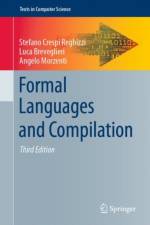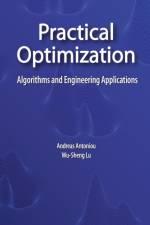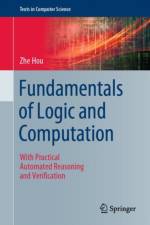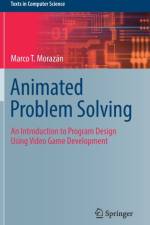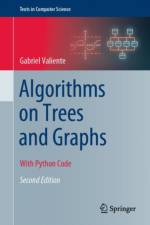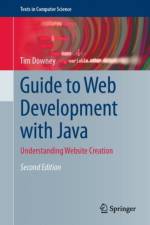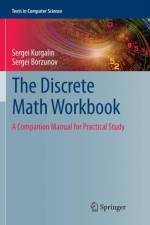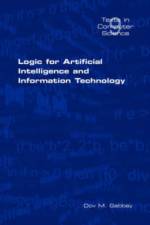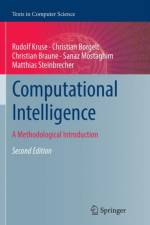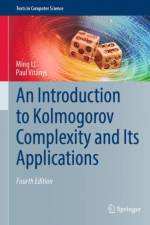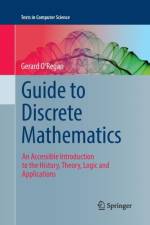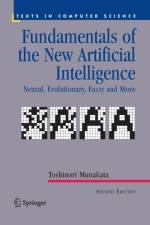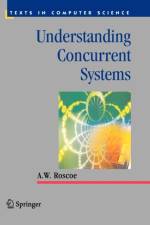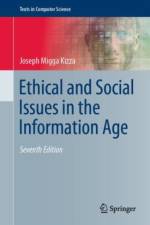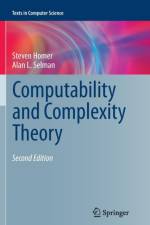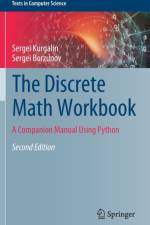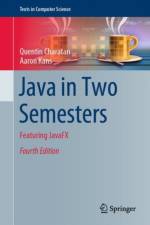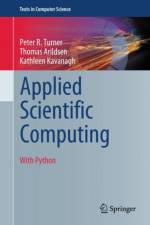- Understanding Website Creation
av Tim Downey
1 017
This comprehensive Guide to Web Development with Java introduces the readers to the three-tiered, Model-View-Controller architecture by using Spring JPA, JSPs, and Spring MVC controllers. These three technologies use Java, so that a student with a background in programming will be able to master them with ease, with the end result of being able to create web applications that use MVC, validate user input,and save data to a database.Topics and features:¿ Presents web development topics in an accessible, easy-to-follow style, focusing on core information first, and allowing the reader to gain basic understanding before moving forwards¿ Contains many helpful pedagogical tools for students and lecturers, such as questions and exercises at the end of each chapter, detailed illustrations, chapter summaries, and a glossary¿ Uses existing powerful technologies that are freely available on the web to speedup web development, such as Spring Boot, Spring MVC, Spring JPA, Hibernate, JSP, JSTL, and Java 1.8¿ Discusses HTML, HTML forms, and Cascading Style Sheets¿ Starts with the simplest technology for web development (JSP) and gradually introduces the reader to more complex topics¿ Introduces core technologies from the outset, such as the Model-View-Controller architecture¿ Includes examples for accessing common web services¿ Provides supplementary examples and tutorials

